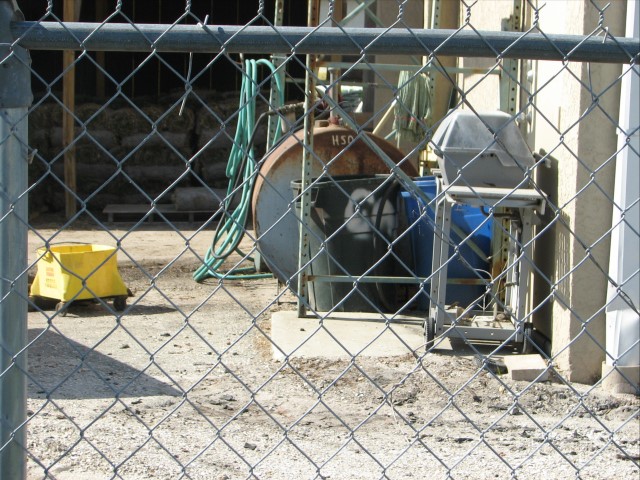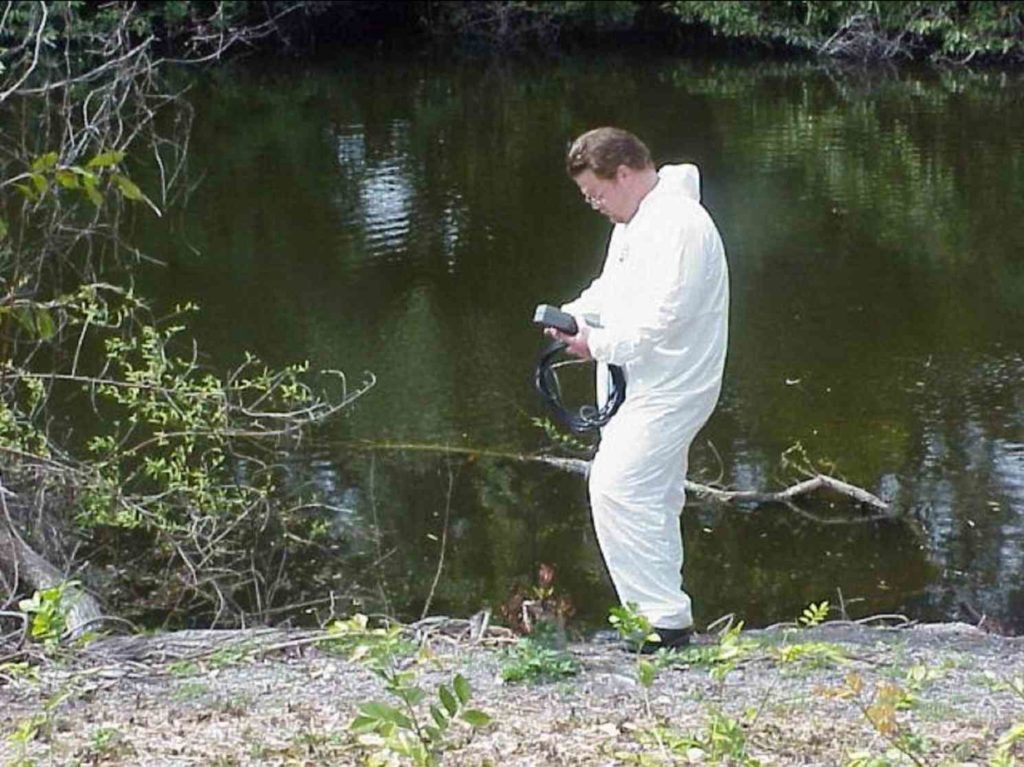The U.S. Environmental Protection Agency (EPA, www.epa.gov) established the National Pollutant Discharge Elimination System (NPDES) program back in the 1970’s to meet the requirements of the federal Clean Water Act. The initial focus was on point source discharges from industrial facilities. In the early 1990’s, EPA was forced to address nonpoint sources which was stormwater runoff from certain municipalities, industrial plants, and construction sites. After several years the Florida Department of Environmental Protection (FDEP, www.myflorida.com) took over the program from EPA. The focus of the rest of this article will be on the requirements for stormwater runoff for industrial facilities.
 Industrial facilities included are manufacturers and those with Standard Industrial Classifications (SIC) 20 through 45, 50, and 51, plus power plants, mining operations, recycling facilities, and transportation facilities. Others include landfills, mines, hazardous waste facilities, and junkyard facilities. Industrial areas or operations which could impact stormwater include material storage, access roads, and rail lines, manufactured and intermediate product storage, material handling equipment storage, and maintenance areas. Drums or tanks of solvents, oils, and chemicals are included as are open dumpsters, air compressors, and material handling areas outside. Facilities are covered if their stormwater runoff discharges directly or ultimately to navigable waters of the U.S. In Florida, this applies to most sites.
Industrial facilities included are manufacturers and those with Standard Industrial Classifications (SIC) 20 through 45, 50, and 51, plus power plants, mining operations, recycling facilities, and transportation facilities. Others include landfills, mines, hazardous waste facilities, and junkyard facilities. Industrial areas or operations which could impact stormwater include material storage, access roads, and rail lines, manufactured and intermediate product storage, material handling equipment storage, and maintenance areas. Drums or tanks of solvents, oils, and chemicals are included as are open dumpsters, air compressors, and material handling areas outside. Facilities are covered if their stormwater runoff discharges directly or ultimately to navigable waters of the U.S. In Florida, this applies to most sites.
So if you have any sources of pollutants which could be entrained in the stormwater runoff, what do you do? First, file a Notice of Intent to be covered under the General Permit. A fee of $500.00 must accompany the form, which is for the five years of permit coverage. Next, you must prepare a Storm Water Pollution Prevention Plan (SWPPP) and implement it.
 Finally, quarterly visual monitoring of the stormwater runoff will have to be completed for the life of the permit. Additionally, for certain SIC Codes, in years 2 and 4 of the permit, samples will have to be analyzed in an analytical laboratory. Analytical results must be reported to FDEP by March 1st of the year following monitoring. In certain cases when the analytical results for year 2 of the monitoring are in compliance, the FDEP may waive entirely or partially the year 4 analytical monitoring requirements.
Finally, quarterly visual monitoring of the stormwater runoff will have to be completed for the life of the permit. Additionally, for certain SIC Codes, in years 2 and 4 of the permit, samples will have to be analyzed in an analytical laboratory. Analytical results must be reported to FDEP by March 1st of the year following monitoring. In certain cases when the analytical results for year 2 of the monitoring are in compliance, the FDEP may waive entirely or partially the year 4 analytical monitoring requirements.
A side note is that monitoring is required twenty-four hours a day, seven days a week. The regulations do not stipulate that it is only required during normal business hours. It is imperative that you make every reasonable effort to complete monitoring during each calendar quarter. The FDEP has access to rainfall records for your area.
Like a lot of environmental regulatory programs, documentation is key. That includes your Notice of Intent, payment of the fee, Storm Water Pollution Prevention Plan, Training, monitoring, and reporting. Included in the monitoring is logging rainfall measurements daily which is key to monitoring stormwater runoff.
 So now you know what the requirements are for Florida’s NPDES Stormwater program for industrial facilities. If you need any more information, Environmental Safety Consultants (www.escflorida.com) can assist. We have the credentials and experience to answer your questions and steer you in the right direction. We are a Florida-licensed Engineering business with over thirty-five years of stormwater experience. We are just a telephone call (800-226-1735) or an e-mail away (escinc@verizon.net). Contact us today!
So now you know what the requirements are for Florida’s NPDES Stormwater program for industrial facilities. If you need any more information, Environmental Safety Consultants (www.escflorida.com) can assist. We have the credentials and experience to answer your questions and steer you in the right direction. We are a Florida-licensed Engineering business with over thirty-five years of stormwater experience. We are just a telephone call (800-226-1735) or an e-mail away (escinc@verizon.net). Contact us today!